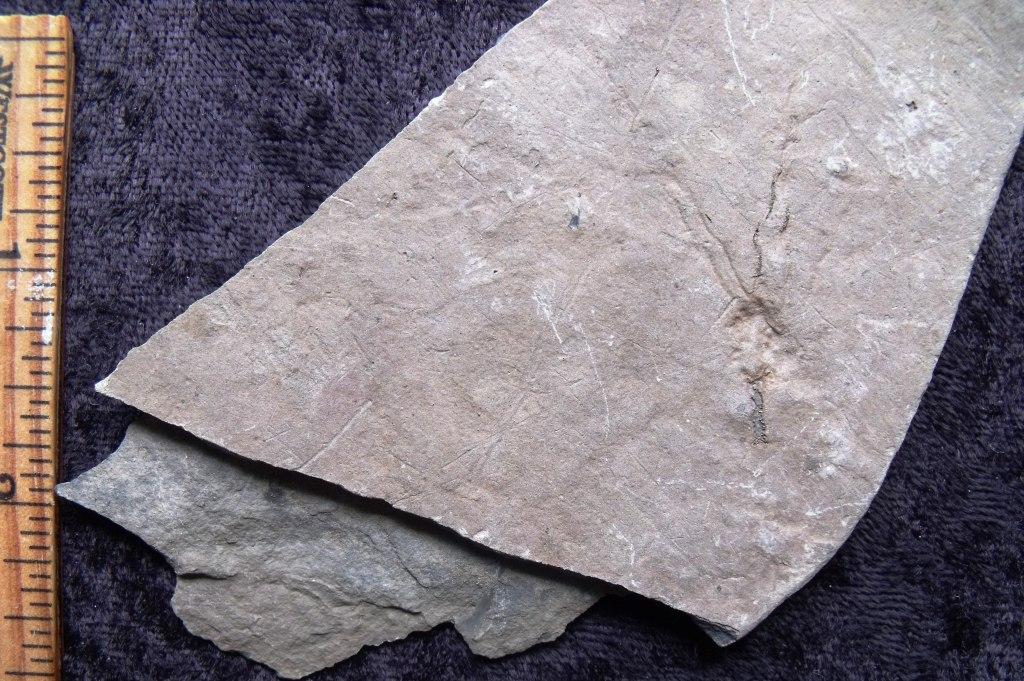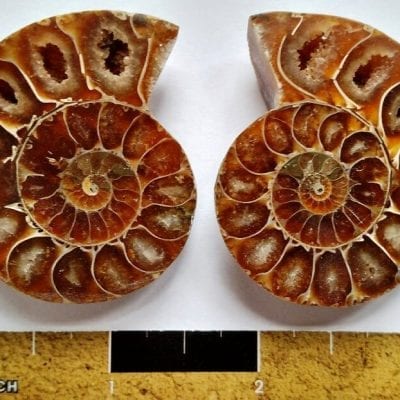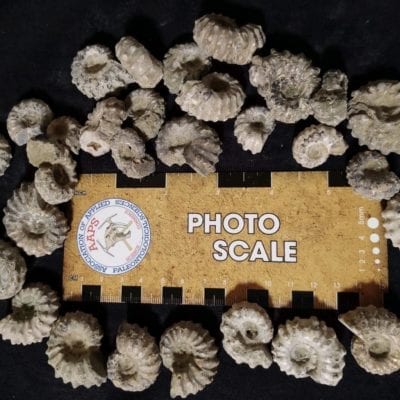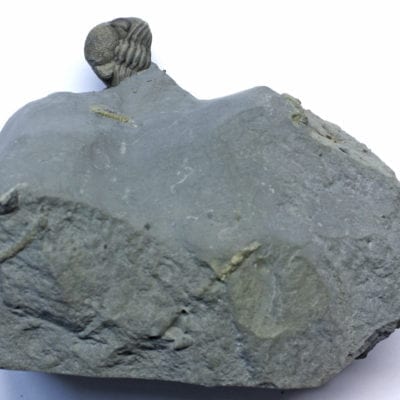Description
This is an rare and affordable Fossil Gogia spiralis species from the Cambrian Period.
The Gogia is a Cambrian Cystoid that is among the earliest and most primitive forms of Echinoderms.
These animals are sometimes called eocrinodea or “dawn crinoids”. This Fossil Gogia Spiralis Echinoderm had a vase-shaped body called a calyx. They were covered by plates that were symmetrical and have a slender arm-like structure for food-gathering. Because they filtered food through the arms they closely resembled the later Cystoids.
These are quite rare and this one is from the Wheeler Shale in the House Range, Antelope Mountains in Millard County, Utah. It is 1 1/4 inches long on a 4 1/2 x 2 1/2 inch irregular matrix.
But also the Gogia differed from true crinoids in that they had pores along the margins separating the plates of the body. And differed also in the type of feeding arms they displayed. The species Gogia spiralis derives its name from its tightly spiraled arms. And is only one of three Gogia species to have spiraled arms. This Fossil Gogia Spiralis Echinoderm also had irregularly positioned plates in the body. Because it also had a stalk made up of smaller plates that attached to the sea floor it was a stationary animal. And because it had food-gathering arm-like structures called brachioles it was a suspension feeder. Gogia usually attached directly to the mud.




